Did you know that your feline friend might be more attentive than you think? Cats, often perceived as aloof and independent, have their own unique ways of showing they are listening. Their subtle gestures and behaviors can speak volumes, revealing a deeper connection with their human companions. Let’s dive into the fascinating world of feline communication and uncover the seven ways your cat shows they’re truly paying attention to you.
The Flick of the Ear
One of the most telling signs that your cat is tuning in to your words is the flick of their ears. Cats have a remarkable ability to rotate their ears independently, allowing them to hone in on specific sounds. When you speak, watch for those ears flicking towards you. It’s like their version of raising an eyebrow or leaning in closer. This subtle movement indicates they’re processing what you’re saying, even if they’re not looking directly at you. Their ears are like tiny radar dishes, picking up on the nuances of your voice, and it’s a clear sign they’re engaged.
The Slow Blink
The slow blink is another intriguing way cats show they’re listening. Often referred to as a “cat kiss,” this gentle closing and opening of their eyes is a sign of trust and affection. When your cat gives you a slow blink while you’re talking, it’s their way of saying, “I’m comfortable and relaxed around you.” It’s a mutual acknowledgment of understanding and connection. Many cat owners find that mimicking this gesture can strengthen the bond between them and their feline friend. So next time you catch your cat giving you a slow blink, know that they’re not just listening; they’re also expressing their love.
Tail Language
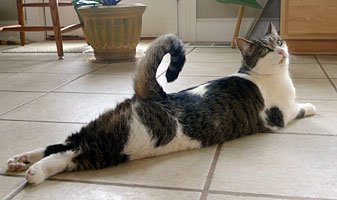
A cat’s tail is a powerful tool for communication, and it can offer clues about their attentiveness. When your cat holds their tail upright with a slight curve at the tip, it’s a sign of curiosity and interest. It means they’re engaged and paying attention to their surroundings, including you. Conversely, if their tail is puffed up or tucked away, it might indicate they’re feeling threatened or anxious. Understanding these nuances in tail language can help you gauge how well your cat is listening and responding to you. It’s like a secret code that, once cracked, reveals a wealth of information about their emotional state.
Whisker Positioning
Have you ever noticed the position of your cat’s whiskers when you speak to them? Whiskers are incredibly sensitive and can detect even the slightest changes in the environment. When a cat is interested or attentive, their whiskers will often push forward, extending outward from their face. It’s a subtle but clear indication that they’re focusing on you. On the other hand, if their whiskers are pulled back against their cheeks, it might suggest they’re feeling cautious or uncertain. Paying attention to this small detail can give you insight into your cat’s level of engagement and understanding.
Vocal Responses
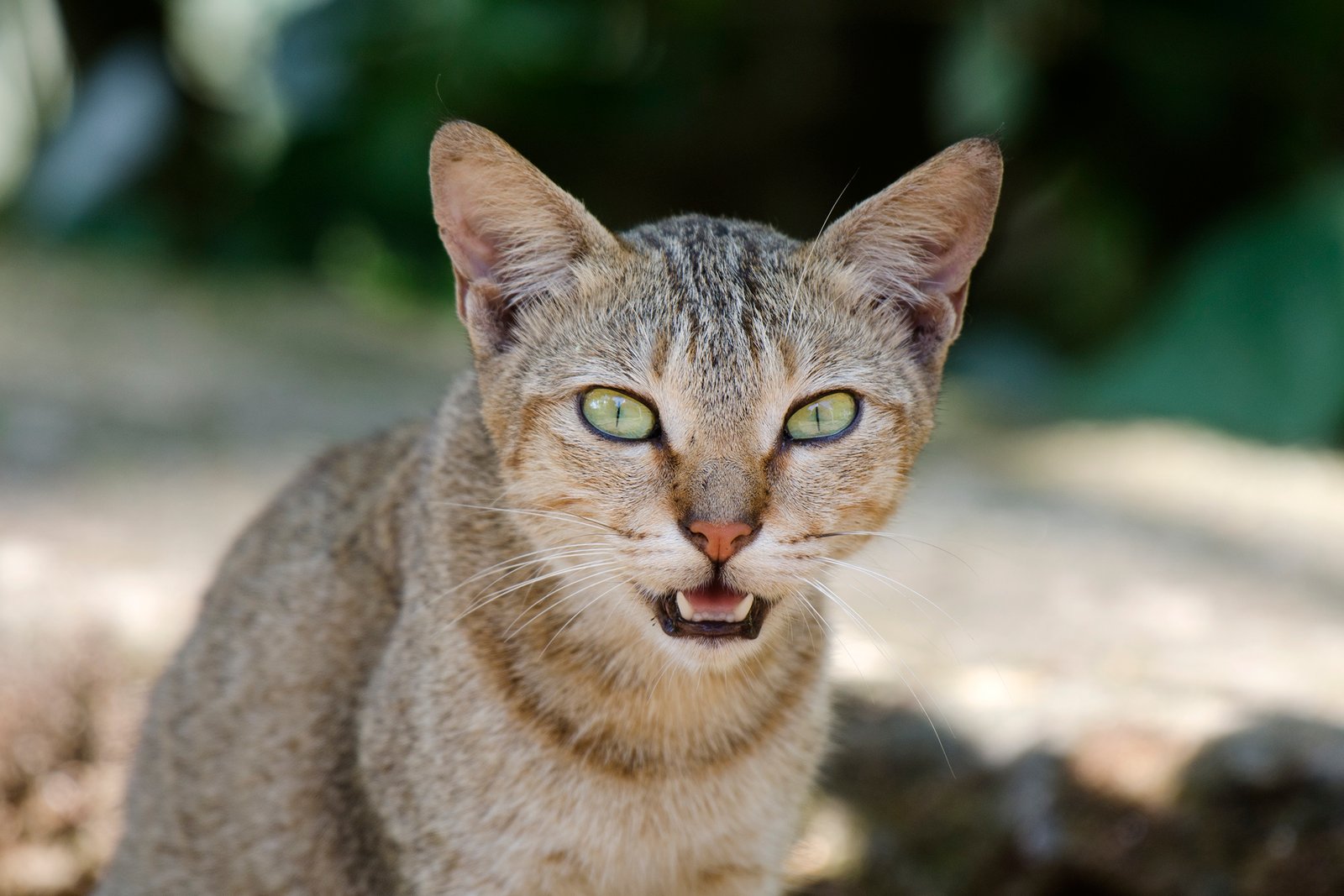
Cats are known for their diverse range of vocalizations, and these sounds can serve as a response to your words. A gentle meow, trill, or chirp can be your cat’s way of acknowledging what you’re saying. Each cat has a unique set of vocal cues, and over time, you’ll learn to recognize what they mean. Some cats are more vocal than others, using their voices to express interest, while others might simply purr softly as they listen. These vocal responses are like a conversation between you and your cat, bridging the gap between human and feline communication.
Body Orientation
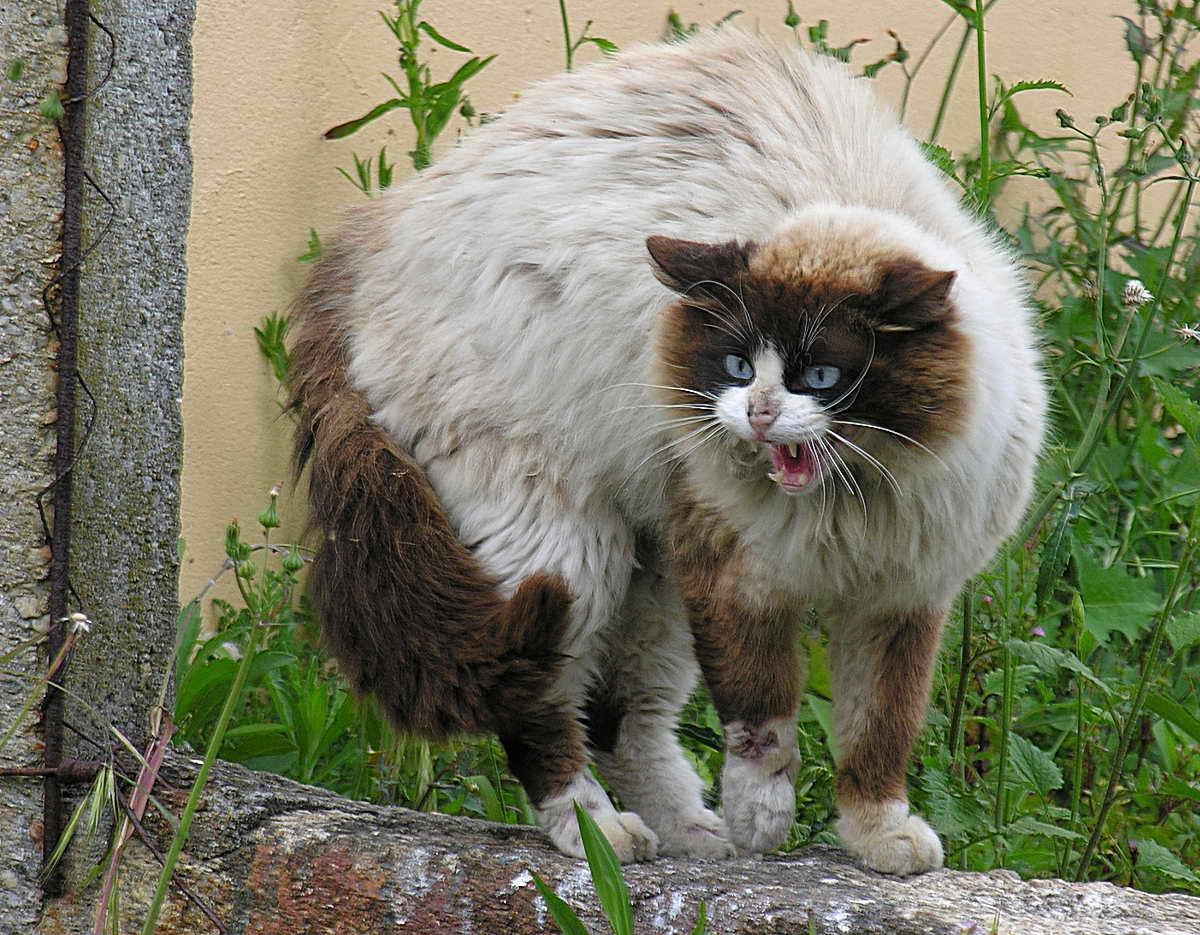
The way your cat positions their body can also reveal how well they’re listening. If your cat turns their body toward you, it’s a sign they’re engaged and interested in what you’re saying. This orientation shows they’re open to interaction and willing to pay attention. On the flip side, if they turn away or seem to ignore you, it might indicate they’re preoccupied with something else. Observing their body language can help you understand when they’re most receptive to communication, allowing you to strengthen your bond and improve your interactions.
Paw Movements
Cats often use their paws to communicate, and subtle movements can indicate they’re listening. A gentle kneading motion, where they press their paws into a surface, is a comforting behavior that shows they’re relaxed and attentive. This action is reminiscent of their kitten days when they kneaded their mothers for milk. If your cat kneads while you’re speaking, it’s a sign they’re content and engaged. Additionally, if they reach out a paw towards you, it can be an invitation for further interaction, suggesting they’re interested in what you have to say.
Facial Expressions
Cats may not have the same range of facial expressions as humans, but they do have their own ways of showing emotion. A relaxed face with soft eyes and slightly parted lips is a sign your cat is calm and listening. If their eyes are wide and ears perked up, it indicates heightened interest and attention. Conversely, a tense face with narrowed eyes and flattened ears might suggest stress or discomfort. Recognizing these expressions can help you gauge your cat’s mood and level of engagement, allowing you to adjust your approach accordingly.
Proximity and Closeness
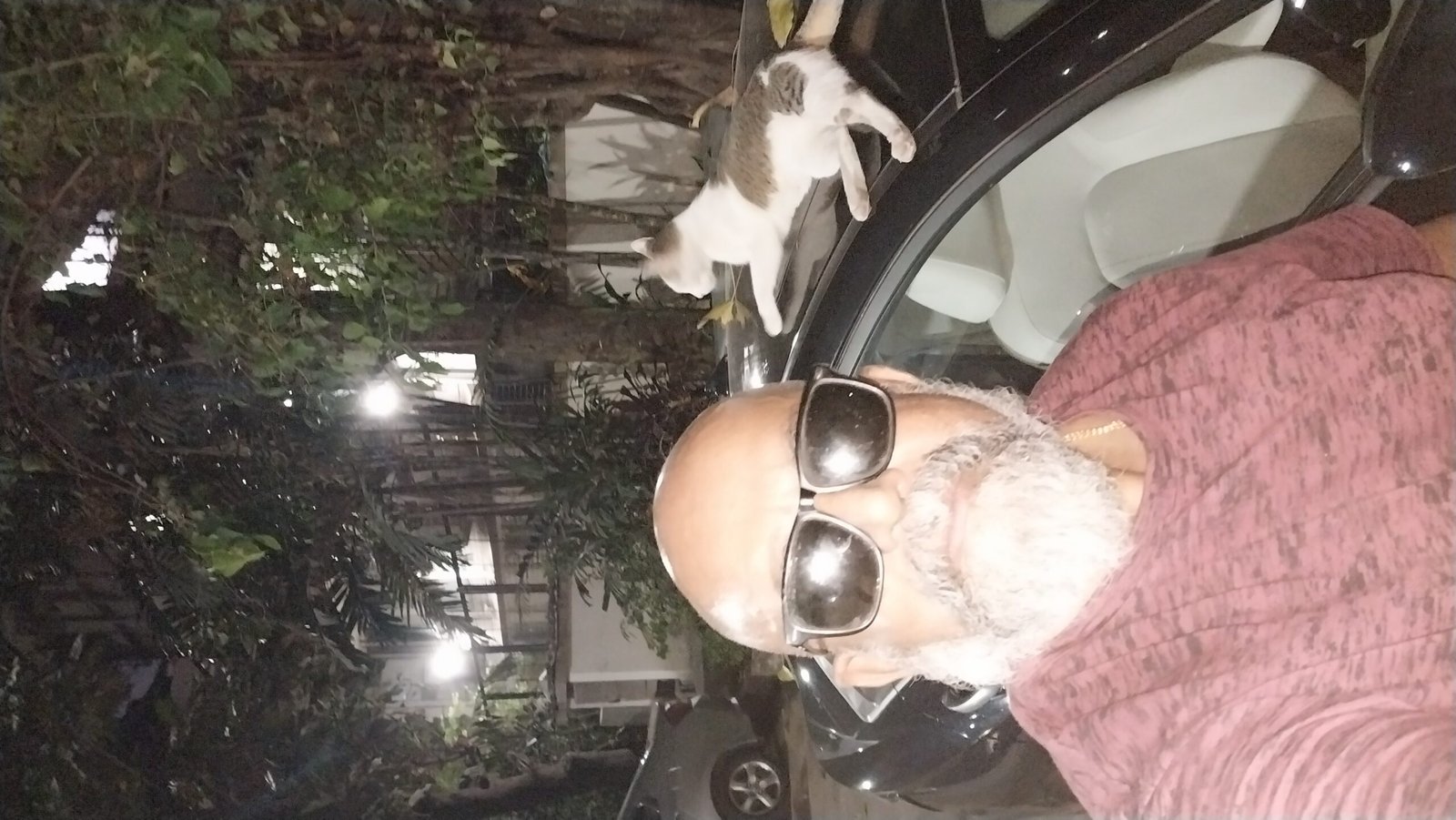
Cats are known for their independent nature, but when they choose to be close to you, it’s a sign of trust and attentiveness. If your cat sits or lays near you while you’re speaking, it’s their way of saying they’re comfortable and interested in your presence. This proximity is a testament to the bond you share, as cats are selective about who they spend their time with. By choosing to be near you, they’re showing they’re not only listening but also valuing the time spent together. It’s a heartwarming reminder of the special connection you have with your feline friend.
Head Tilting
A head tilt is one of the most endearing gestures a cat can make, and it’s often a sign they’re listening intently. When a cat tilts their head to the side, they’re trying to better understand the sounds they’re hearing. This curious behavior is similar to how humans might lean in or furrow their brows when concentrating. It’s an adorable indication that your cat is engaged and interested in what you’re saying. This gesture can be particularly charming and serves as a delightful reminder of the unique ways cats communicate.
Gentle Nuzzling
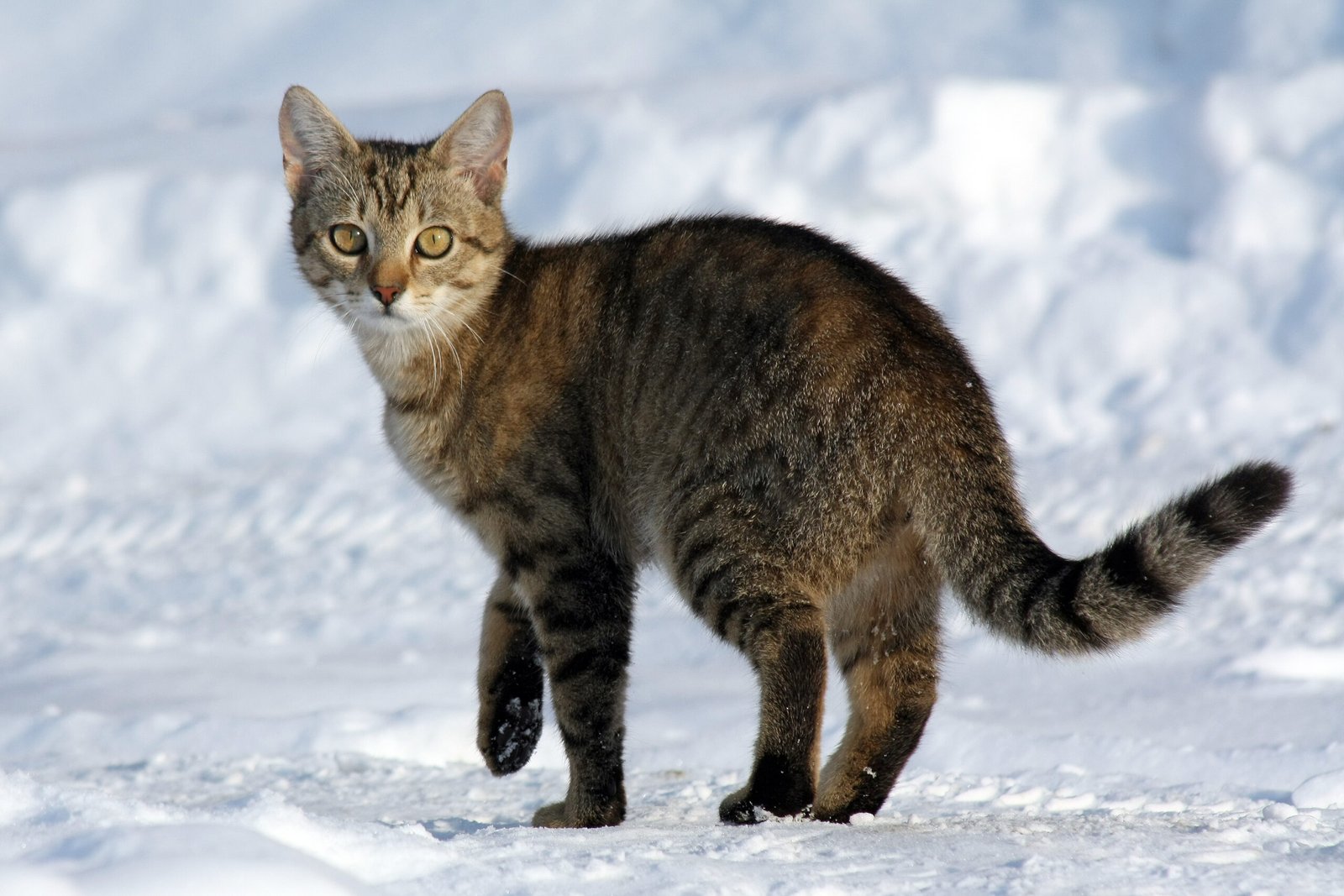
Nuzzling or rubbing against you is a classic sign of affection and attentiveness. When a cat nuzzles you, they’re marking you with their scent, which is a way of claiming you as part of their social group. This behavior is often accompanied by purring or soft meows, indicating they’re comfortable and engaged. It’s a tactile way for your cat to show they’re listening and valuing the interaction. This physical closeness is a testament to the bond you share and a heartwarming reminder of their affection.
Eye Contact
Direct eye contact is a powerful form of communication, and when your cat looks you in the eyes, it’s a sign of trust and attentiveness. Cats don’t often maintain eye contact for long periods, so when they do, it’s significant. This gaze indicates they’re focused on you and interested in what you’re saying. It’s a mutual acknowledgment of understanding and connection, much like how humans use eye contact to convey interest and sincerity. This form of communication can strengthen your bond and enhance your interactions with your feline companion.
Playful Behavior
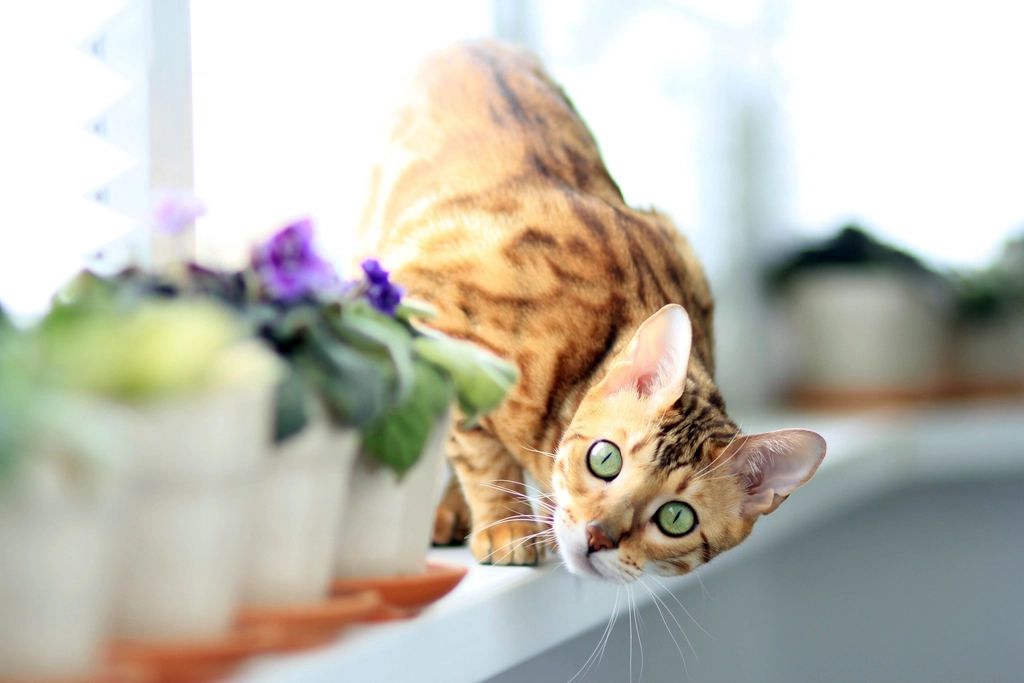
Engaging in playful behavior is another way cats show they’re listening. When your cat initiates play or responds to your cues, it’s a sign they’re attentive and interested in interacting with you. Play is an essential part of a cat’s life, and it serves as a way to bond and communicate. Whether they’re chasing a toy or pouncing on a string, their playful actions demonstrate they’re engaged and enjoying the time spent with you. This shared activity is a delightful way to strengthen your connection and show your cat they’re valued.
Relaxed Posture
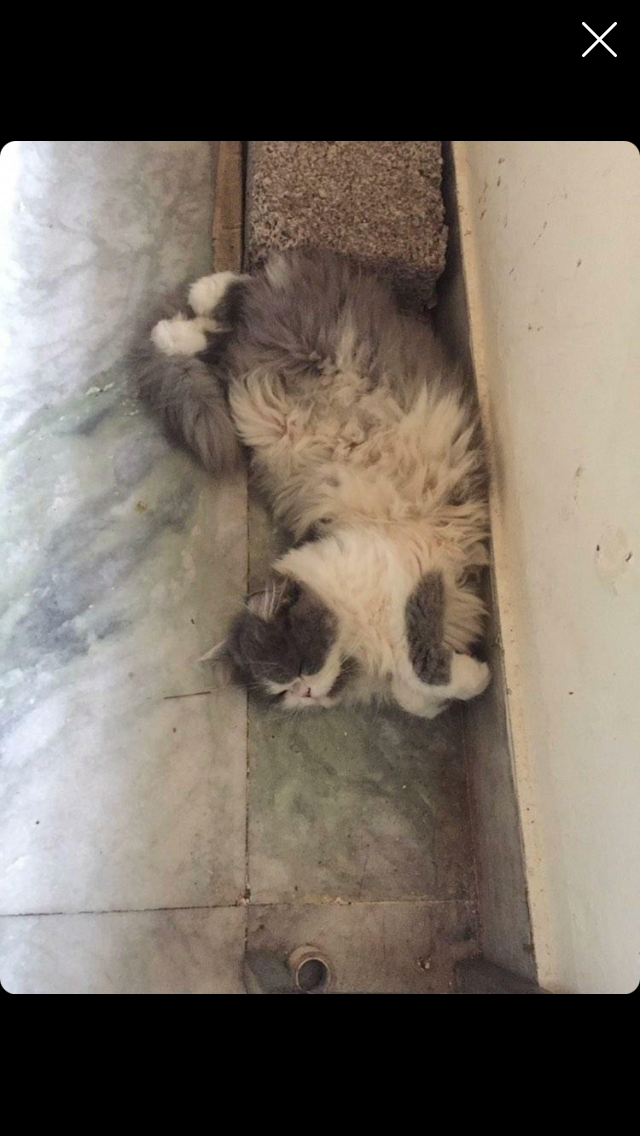
A relaxed posture is a clear indication your cat is comfortable and listening. When a cat is at ease, they’ll often stretch out or curl up in a cozy position. This relaxed state suggests they’re open to communication and enjoying your presence. It’s a sign they’re not only listening but also feeling safe and secure in their environment. Recognizing this posture can help you understand when your cat is most receptive to interaction, allowing you to foster a deeper connection.
Attention to Routine
Cats are creatures of habit, and their attention to routine can indicate they’re listening. If your cat follows you around the house or anticipates your actions, it’s a sign they’re attuned to your behavior. This attentiveness to routine shows they’re aware of your presence and interested in your activities. It’s a subtle but meaningful way they demonstrate their engagement and understanding of their environment. This behavior highlights the bond you share and the importance of consistency in your relationship.
Curiosity and Exploration
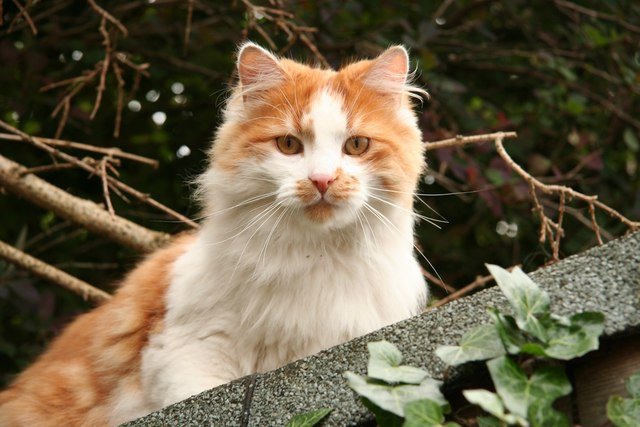
Curiosity is a hallmark of feline behavior, and when your cat explores their surroundings, it’s a sign they’re listening and learning. This inquisitive nature is a way for them to understand their environment and the people in it. When your cat investigates new sounds or objects, it’s a demonstration of their attentiveness and interest. This behavior reflects their desire to engage with the world around them, including you. Encouraging this curiosity can lead to enriching experiences and a stronger bond with your feline friend.
Grooming Behavior

Grooming is a significant aspect of a cat’s life, and it can also indicate they’re listening. When a cat grooms themselves or you, it’s a sign of comfort and affection. This behavior is often seen when they’re relaxed and attentive, suggesting they’re engaged with their surroundings. Grooming is a way for cats to show they care, and when they do it in your presence, it’s a testament to the bond you share. This nurturing behavior highlights their attentiveness and desire to connect with you on a deeper level.
Responding to Your Mood
Cats are remarkably perceptive, and they often respond to their owner’s mood. If you’re feeling down, you might notice your cat offering comfort by sitting close or purring softly. This empathetic behavior shows they’re listening and attuned to your emotional state. Cats have a unique ability to sense changes in their environment, including shifts in your mood. This responsiveness highlights the deep connection you share and their role as a supportive companion in your life.
Seeking Reassurance
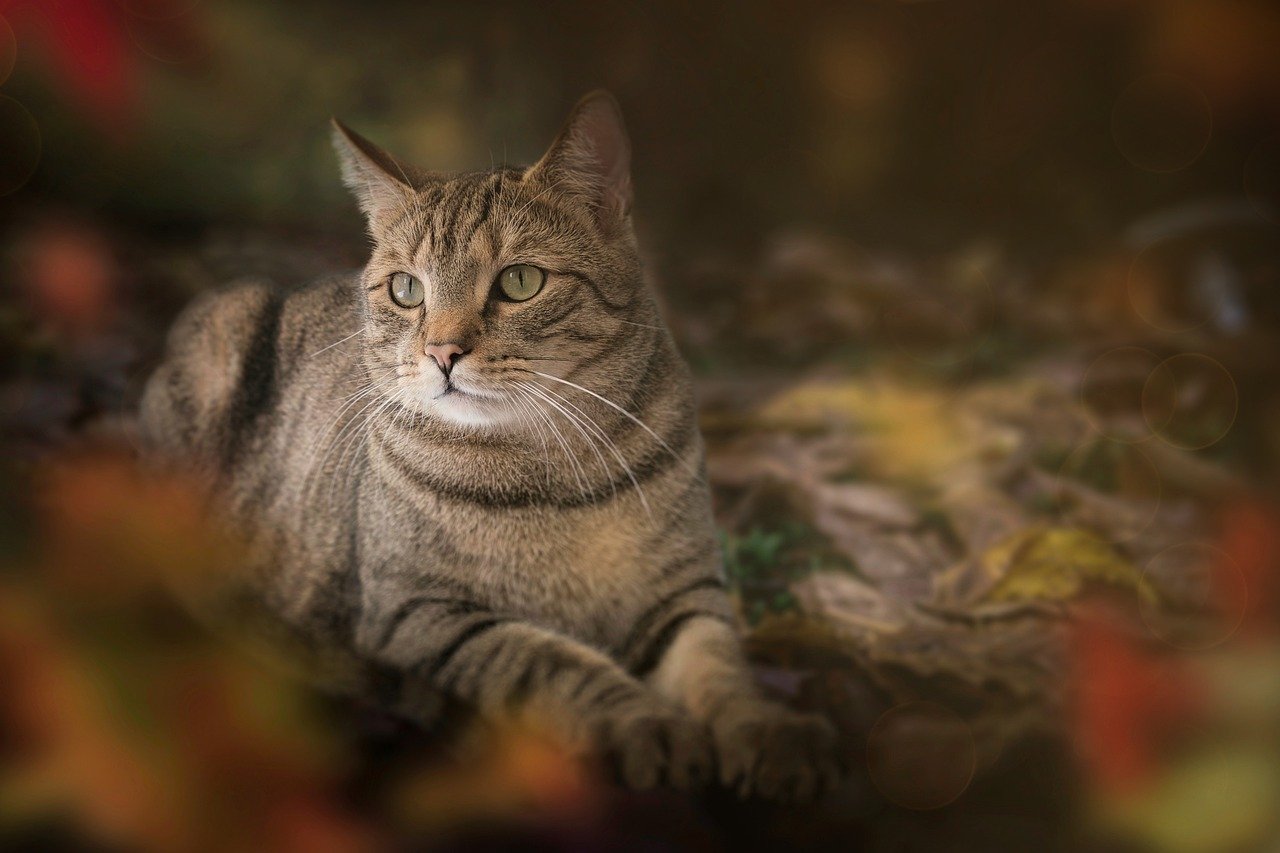
When a cat seeks reassurance from their owner, it’s a sign they’re listening and valuing your presence. This behavior might include sitting on your lap, following you around, or seeking physical contact. It’s a demonstration of trust and a desire for comfort, indicating they’re engaged and attentive. By seeking reassurance, your cat is showing they rely on you for security and companionship. This behavior underscores the importance of your relationship and the mutual bond you share.
Mirroring Your Actions
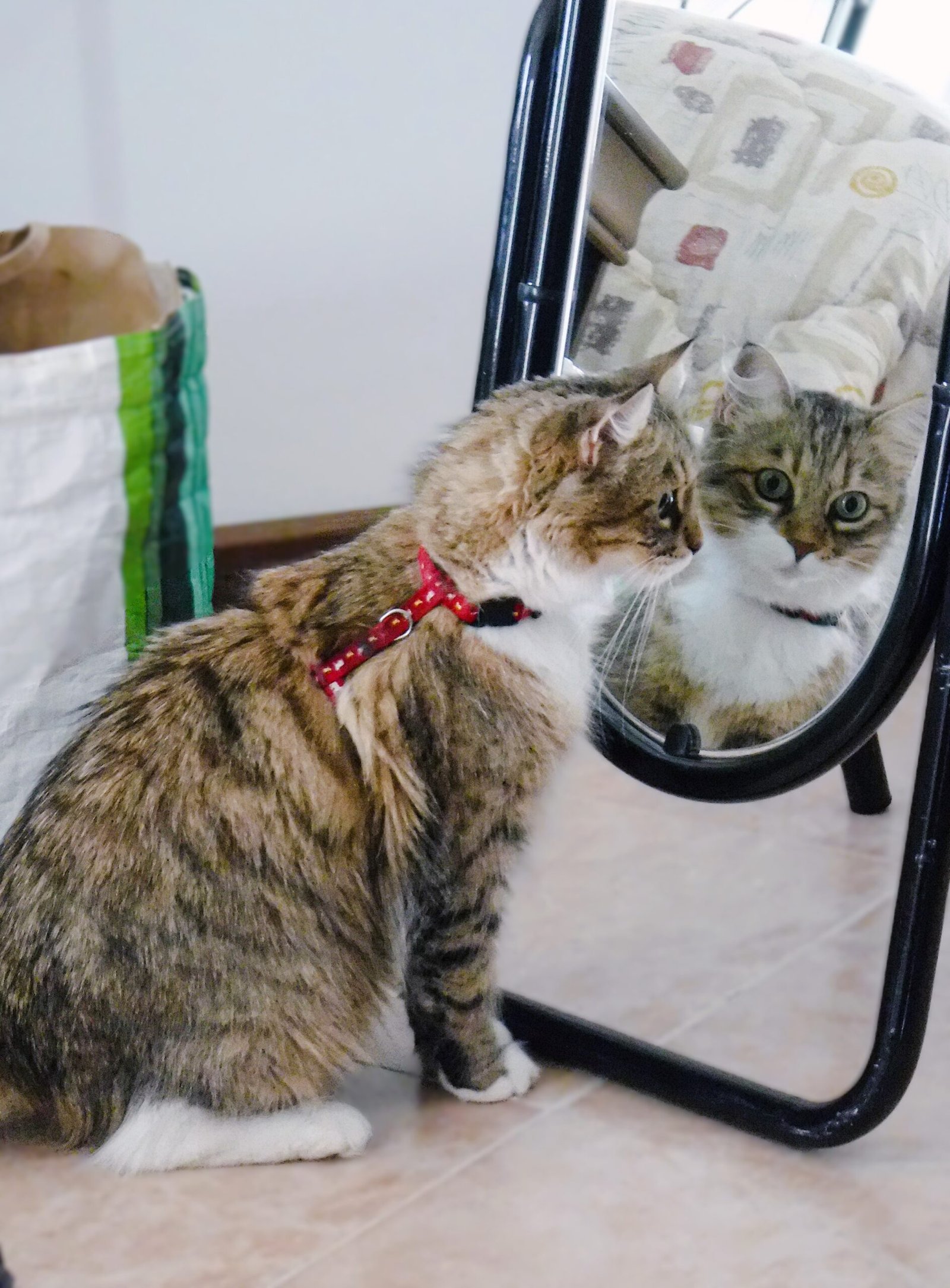
Cats often mirror the actions of their owners, and this behavior indicates they’re listening and observing. If you notice your cat mimicking your movements or routines, it’s a sign they’re engaged and paying attention. This mirroring can include following you from room to room or imitating your actions, such as stretching or yawning. It’s a delightful indication of their attentiveness and a testament to the bond you share. This behavior highlights their desire to connect with you and be part of your daily life.
In conclusion, cats may be subtle in their communication, but they’re often listening more than we realize. By understanding these behaviors, we can deepen our connection with our feline friends and appreciate the unique ways they show their attentiveness. So next time you’re speaking to your cat, remember they’re likely tuning in, even if it doesn’t always seem that way. Have you noticed any of these signs with your own cat?
Hi, I’m Bola, a passionate writer and creative strategist with a knack for crafting compelling content that educates, inspires, and connects. Over the years, I’ve honed my skills across various writing fields, including content creation, copywriting, online course development, and video scriptwriting.
When I’m not at my desk, you’ll find me exploring new ideas, reading books, or brainstorming creative ways to solve challenges. I believe that words have the power to transform, and I’m here to help you leverage that power for success.
Thanks for stopping by, Keep coming to this website to checkout new articles form me. You’d always love it!






